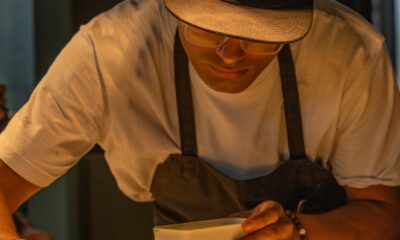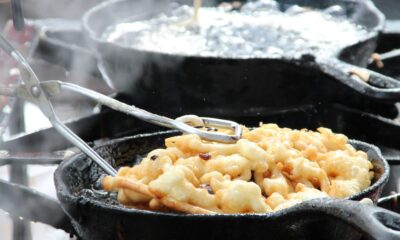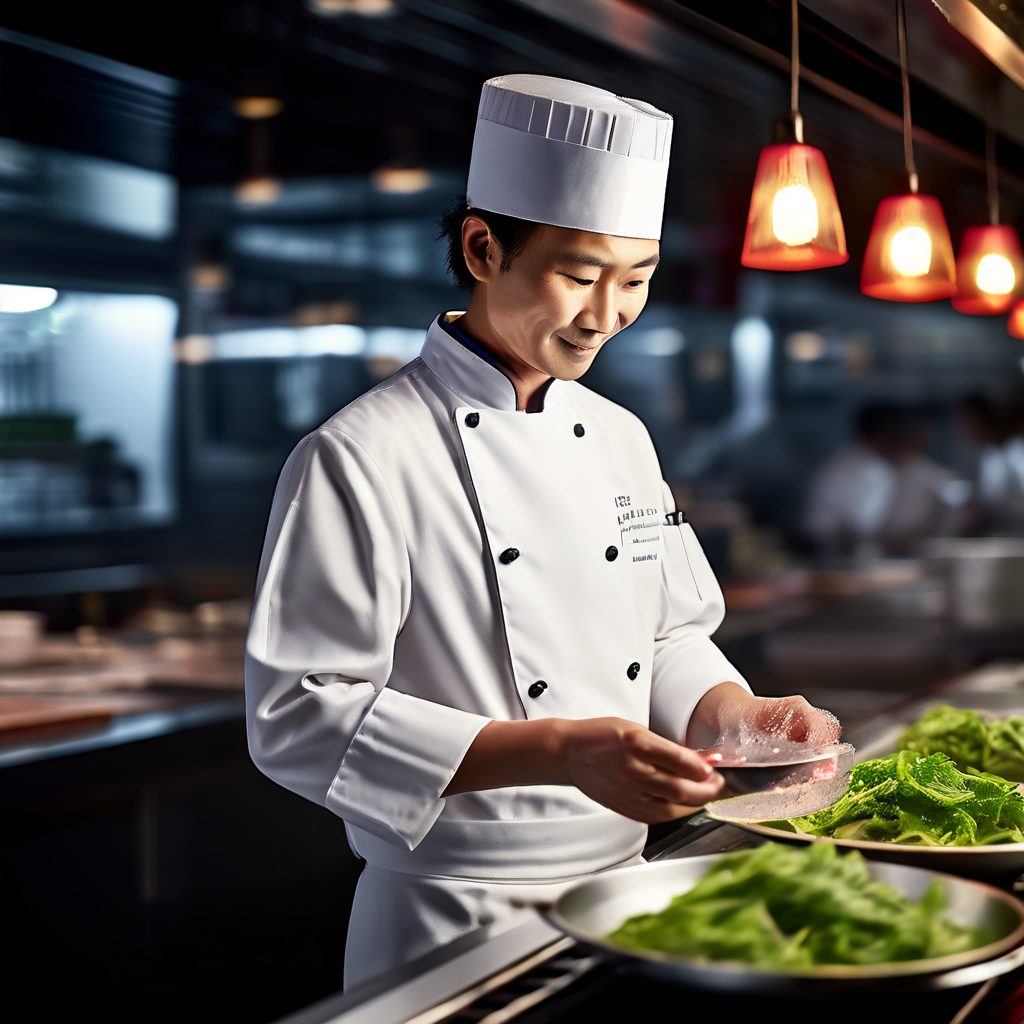All-purpose flour will always have a place in our kitchens, but Jullapat has made it easier than ever to cook with ancient grains.
Roxana Jullapat’s buckwheat, sorghum, and spelt creations are not just delicious – they are quite easy to make.
Roxana Jullapat co-owns Friends & Family, an L.A. bakery and her passion for brains is contagious.
Her insights about barley and buckwheat are nothing short of a revelation, and her enthusiasm is exciting.
So, it was not surprising that I soon found myself rushing to the nearest bulk foods store to buy items like spelt flour, sorghum flour, and buckwheat.
I even gave considerable thought to choosing between normal rye flour and dark rye flour. Ended up going home with both. Of course, cornmeal was on the menu.
Armed with my copy of Mother Grains: Recipes for the Grain Revolution, and my stash of whole grains, it was now time to get down to some cooking.
Jullapat’s recipes were amazing and I loved preparing them. I was about to become a self-appointed ancient sorghum flour aficionado.
Jullapat has successfully made ancient grains not only relevant to current food lovers, but also positively exciting. The fact that they have stayed the same for centuries only makes them charming.
The cookbook Mother Grains is centred around eight kinds of whole grain. All of which you can find anywhere in the US. These grains are:
- Barley
- Corn
- Buckwheat
- Rye
- Wheat
- Sorghum, and
- Oat
Jullapat’s recipes cover a surprising variety of uses for the grains. Imagine indulging in a cup of toasted barley tea, or some sorghum syrup.
I was more interested in her ancient grain baked goods. They offered me a new twist to trusted recipes. The whole grains tended to give the end result a distinctly nutty flavour.
It was a pleasure to make low gluten blueberry muffins with spelt flour. The flavour and nutrition were amazing. Even the streusel topping was more nutritious.
Spelt made for better texture, deeper flavours, and all-round more interesting end results. This particular recipe was good enough to warrant making multiple batches of blueberry muffins. One batch was not enough.
Some of the interesting recipes in Mother’s Grain include blondies made with barley flour. The resultant flavour is very malty and resembles cereal milk.
The shortbread made from einkorn makes for easy cooking. The granola scones are more than worth the effort. The pound cake made from ricotta-cornmeal is positively heavenly. The recipes incorporate ingredients like cashews, sweet sorghum flour, health bits, and coconut such as in the Trouble Cookies. They kept me going during a camping trip.
Ancient, whole grain flours need special care. Store them in the fridge to keep them from going rancid. Zip lock bags, or cambro can do.
In Roxana’s own words: “You have all these spices. You have two, three options of breakfast cereals. Yogurts, you might have two or three flavours. It’s the same with grains. And with more raw material, there’s more potential.”
While it may seem daunting to work with spelt flour, the truth is that these grains offer lots of versatility, health, flavour, nutrition, and of course fibre.
Mother Grains is exciting to work with, but it offers a valuable education in food and empowers cooks to access a wider variety of grains.
Only a tiny number of wheat varieties is mass distributed to consumers, and Jullapat takes readers through the history of wheat as well as its environmental and nutritional aspects.
Buying heritage grains from smaller producers gives you an opportunity to not only support the economy but also support biodiversity and sustainable farming. It is an investment in the future.
One of these producers is Skowhegan, Maine’s Maine Grains which sells milled organic grains and heritage grains. The grains they mill are all grown rotationally with complementary crops that help to balance soil nutrients.
Buckwheat is one of the crops suitable for planting on nutrient depleted soil. It helps to restore the fertility of the soil.
Jullapat includes a buckwheat chocolate cake recipe. You will be enjoying a delicious confection as you contribute to a healthier environment.
Sorghum on the other hand, is a hardy crop that grows even in dryer, hotter conditions and consumes less moisture. It also makes more efficient use of space than other crops.
Using sorghum contributes towards restoring grain farming in more arid areas and bringing back more sustainable agricultural practices.
Perhaps the best reason to bake with these ancient grains is that they taste amazing. “Just buy a bag of flour. We’ll help you figure out what to do with it” says Jullapat.


 Tips & Advice5 years ago
Tips & Advice5 years ago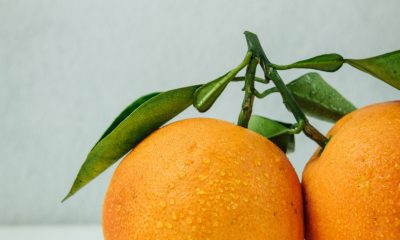
 News & Stories4 years ago
News & Stories4 years ago
 Restaurants4 years ago
Restaurants4 years ago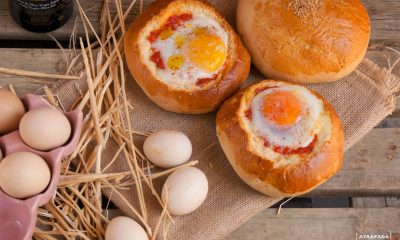
 Recipes4 years ago
Recipes4 years ago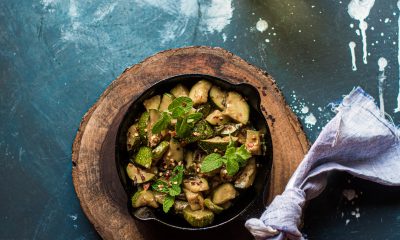
 Kitchen Gadgets4 years ago
Kitchen Gadgets4 years ago
 Chefs5 years ago
Chefs5 years ago
 Kitchen Gadgets4 years ago
Kitchen Gadgets4 years ago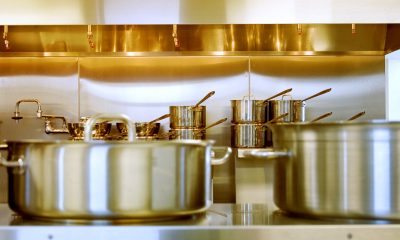
 Kitchen Gadgets4 years ago
Kitchen Gadgets4 years ago




